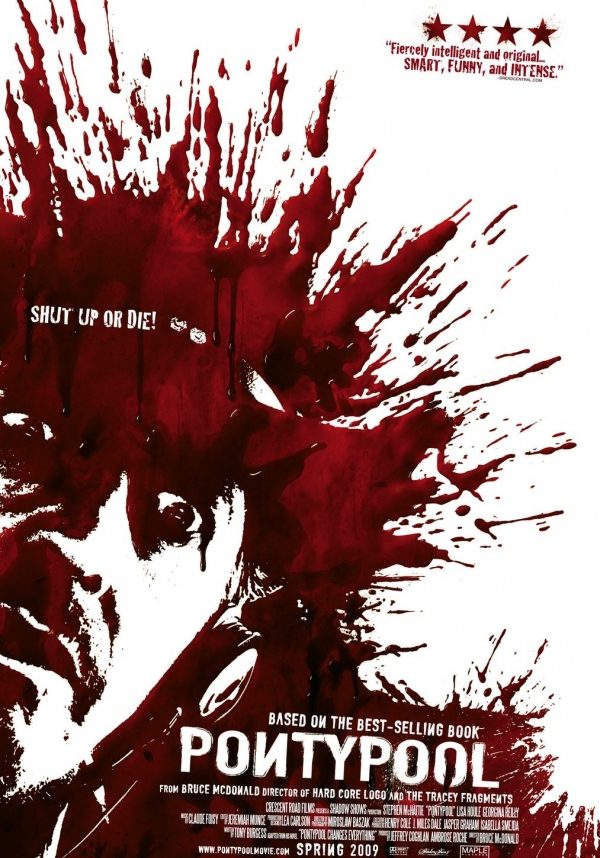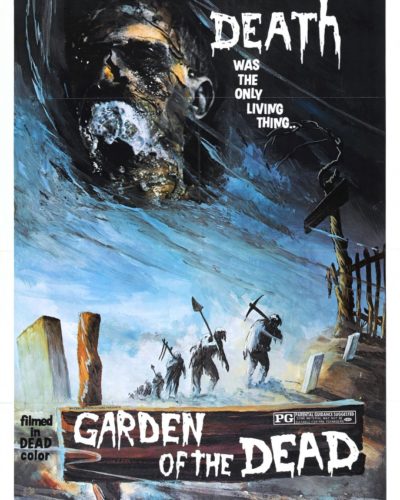Whispers of Terror in the Static: A Pontypool Dissection
The Unseen Menace of Pontypool
“We’re here to bring you the truth. Not the weather, but the truth.” These chilling words encapsulate the essence of the horror that unfolds in ‘Pontypool,’ a film that manages not just to scare, but also to provoke and fascinate. Directed by Bruce McDonald and released in 2009, ‘Pontypool’ presents an unconventional and claustrophobic take on the zombie genre. Without giving too much away, this taut narrative unravels almost entirely within the confines of a small-town radio station where radio DJ Grant Mazzy, played by Stephen McHattie, discovers that a deadly virus is turning residents into violent, incoherent shadows of their former selves, with a terrifying and unique twist: the virus spreads through the English language.
Whispers in the Dark: Crafting Ambient Horror
The atmosphere and tone of ‘Pontypool’ are meticulously crafted to maximize tension and unease. Rather than rely on visual shocks, the film establishes a horrifying yet understated atmosphere, using the power of suspense and the listeners’ own imaginations to amplify the fear. The radio station acts as a cauldron of terror – isolated, snowed-in, and all the while broadcasting to an unseen populace facing an unknown horror.
Bruce McDonald masterfully builds tension through confined spaces and the absence of visual confirmation. The fear is palpable, as the characters, and by extension, viewers, grapple with the increasingly claustrophobic sense of dread. There’s an intense focus on the spoken word and how it manifests as both a source of comfort and a harbinger of doom.
Through the Lens: The Poetry of Panic
The cinematography of ‘Pontypool’ trades jump scares and gore for a more psychologically intense experience. The lighting is stark, often casting long shadows within the radio station, while the color palette hinges on cold blues and greys, underscoring the isolation and chill of both the setting and situation. Camera angles are employed to exceptional effect; tight shots on faces convey a multitude of emotions while minimalist set design places the onus of horror on the narrative rather than the visuals. The absence of elaborate special effects only adds to the film’s authentic, gritty feel – the horror is cerebral and doesn’t need high-budget images to terrify.
Soundtrack and sound effects are integral to ‘Pontypool’s’ terror. The audio turns the spoken word into an instrument of fear, and moments of silence slice through the air, thick with anticipation of the inevitable dread. The decision to keep many of the horrors auditory rather than visual leaves a lasting, haunting impact.
An Ensemble in Desperation
The performances in ‘Pontypool’ are compelling, with considerable weight resting on Stephen McHattie’s shoulders as he portrays the brusque yet nuanced Mazzy. His voice captures the audience, drawing them into the unfolding nightmare. The small, focused cast delivers an ensemble of authenticity and tangible fear, effectively communicating the bewildering terror of facing an invisible menace.
The characters in ‘Pontypool’ are well-fleshed out, and their reactions to the terror feel real and immediate – testament to both the acting and tight script. Their fear is contagious, drawing viewers into a shared experience of dread.
A Virus Named Fear
‘Pontypool’ defies easy categorization within the horror genre but could best be described as a blend of psychological and body horror. It consciously plays with the conventions of zombie and infection narratives but innovates by making language the vehicle of infection. In doing so, it forces the viewer to confront an unsettling question: what happens when our primary tool for connection becomes corrupted?
The film frightens primarily through psychological means, creating terror through what is implied rather than shown. It’s the anticipation and the unknowable nature of the threat that serve as the primary tools to instill dread. This execution is effective and refreshing in a genre often dominated by visceral shocks.
Speaking the Unspeakable: Pontypool’s Undercurrents
Under the surface of its horror trappings, ‘Pontypool’ delves into themes of communication breakdown and the infectious nature of ideas. The way it uses language—a tool typically representing humanity and civilization—as a vector for destruction is both a clever plot device and a commentary on the power and danger inherent in words.
Echoes of Fear: The Verdict on Pontypool
As a horror movie, ‘Pontypool’ stands out for its originality and intelligence. It may not be the traditional scare-fest some viewers seek, but it’s undeniably frightening and thought-provoking in its own unique way. It’s a film best suited for those who look for depth and innovation in their horror experience, appealing to aficionados and viewers appreciative of a film that challenges as much as it chills.
While there are no explicit similarities to other works, the psychological intensity and limited setting may remind viewers of classic horror thrillers like ‘Night of the Living Dead’ or the claustrophobic unease in ‘The Thing.’
In summary, ‘Pontypool’ proves that horror does not require extensive CGI or buckets of blood to be effective. Its strengths lie in its innovative concept, strong performances, and ability to unsettle through implication and the unseen. Its few weaknesses could include a slower pace and a conclusion that some may find abstract. However, for those willing to embrace its cerebral approach, ‘Pontypool’ is both a disturbing and riveting watch, offering a refreshing twist on the undead archetype. Viewer discretion is advised for the subtle, yet persistent sense of dread and mild violence it portrays.




